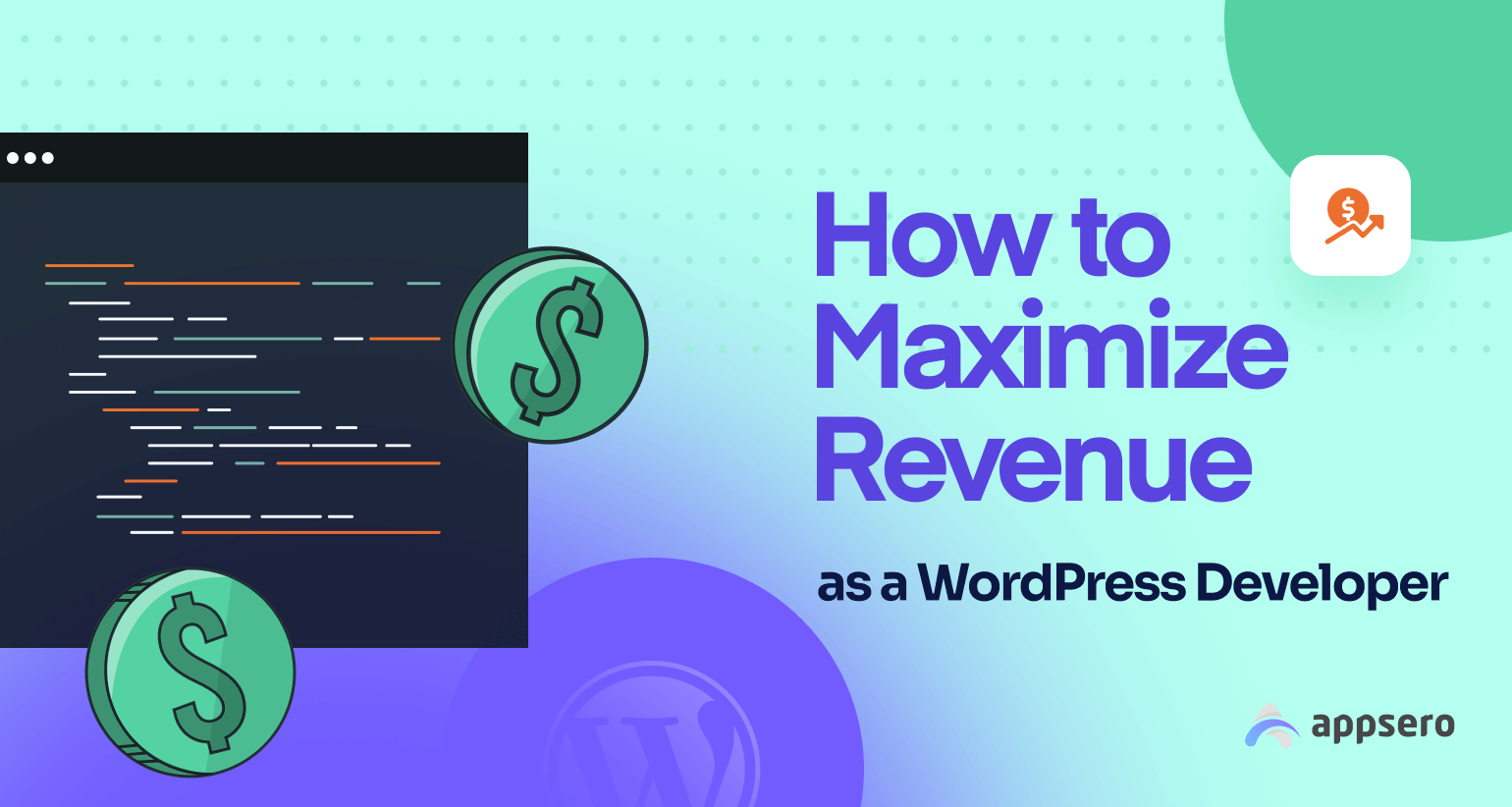
How to Maximize Revenue as a WordPress Developer
You’ve mastered the art of building with WordPress. But if you’re still stuck charging per project, handling endless client emails, or relying solely on referrals… It’s time for a revenue reboot.
This isn’t about working more. It’s about working smarter and treating your plugin, theme, or service like a business.
Whether you’re selling products or offering custom solutions, this guide will show you real, actionable ways to grow your income as a WordPress developer. No fluff, just strategies that work in the real world.
Ready to level up? Let’s turn your code into cash.
Proven Ways to Maximize Your Revenue as a WordPress Product Developer
If you’re a WordPress developer, you have two primary ways to earn: selling products or offering services. Both can be highly effective, but they operate by different rules.
Products offer rapid scalability but demand strong marketing prowess. Services, on the contrary, provide quick income but require a lot of your time. Knowing these differences is key to choosing the right fit for your business and where to concentrate your efforts.
This section will guide you with real-world strategies to boost your revenue as a WordPress product developer. Later in this article, we’ll then explore ways to maximize revenue for WordPress developers who sell services.
1. Start with the Right Mindset
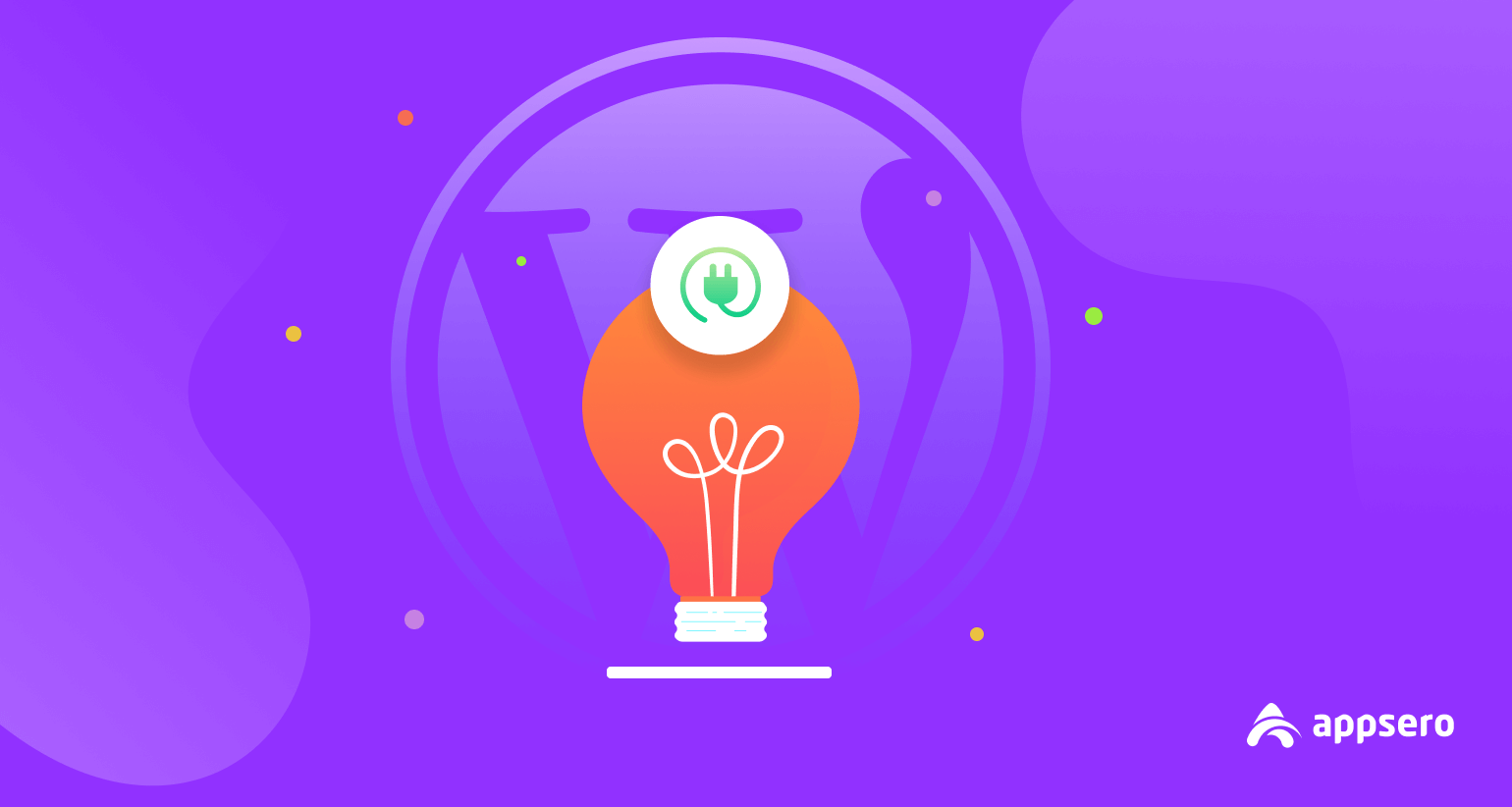
You’re not just pushing code. You’re building a product. That tiny shift in thinking? It changes everything.
If you’re treating your plugin like a weekend side hustle, it’ll earn like one. But if you treat it like a business, it can pay your bills, grow your brand, and maybe even fund your next big idea.
Ask yourself:
- What real problem does my plugin solve?
- Who exactly needs it, and why?
- Is it good enough that I’d pay for it?
When you start thinking like a product owner, you stop chasing downloads and start chasing value. You think beyond “features” and start focusing on experience, support, pricing, and positioning.
It’s not about stuffing in more code. It’s about solving the right problem for the right people and getting paid for it. Once you’ve got that mindset locked in, the rest of the pricing models, licensing, and analytics become a lot clearer.
2. Choose the Right Monetization Model
So you’ve built something cool. Now, the big question is, how do you make money from it? There’s no one-size-fits-all. But if you pick the wrong model, you’ll either undercharge or overcomplicate things. Neither is fun. Let’s break it down:
One-Time Purchase
You sell it once. The user pays and gets lifetime access (sometimes with 6–12 months of support).
- Simple, easy to understand
- Revenue dries up unless you keep launching new stuff
- Best for small tools or niche solutions with low support demand
Subscription (Monthly or Annual)
This is where the money gets steady. Users pay to keep using your plugin and get updates and support as long as they stay subscribed.
- Predictable income
- More funding for future updates and support
- Higher expectations (you’ll need to earn that renewal)
Freemium (Free Plugin + Paid Upgrade)
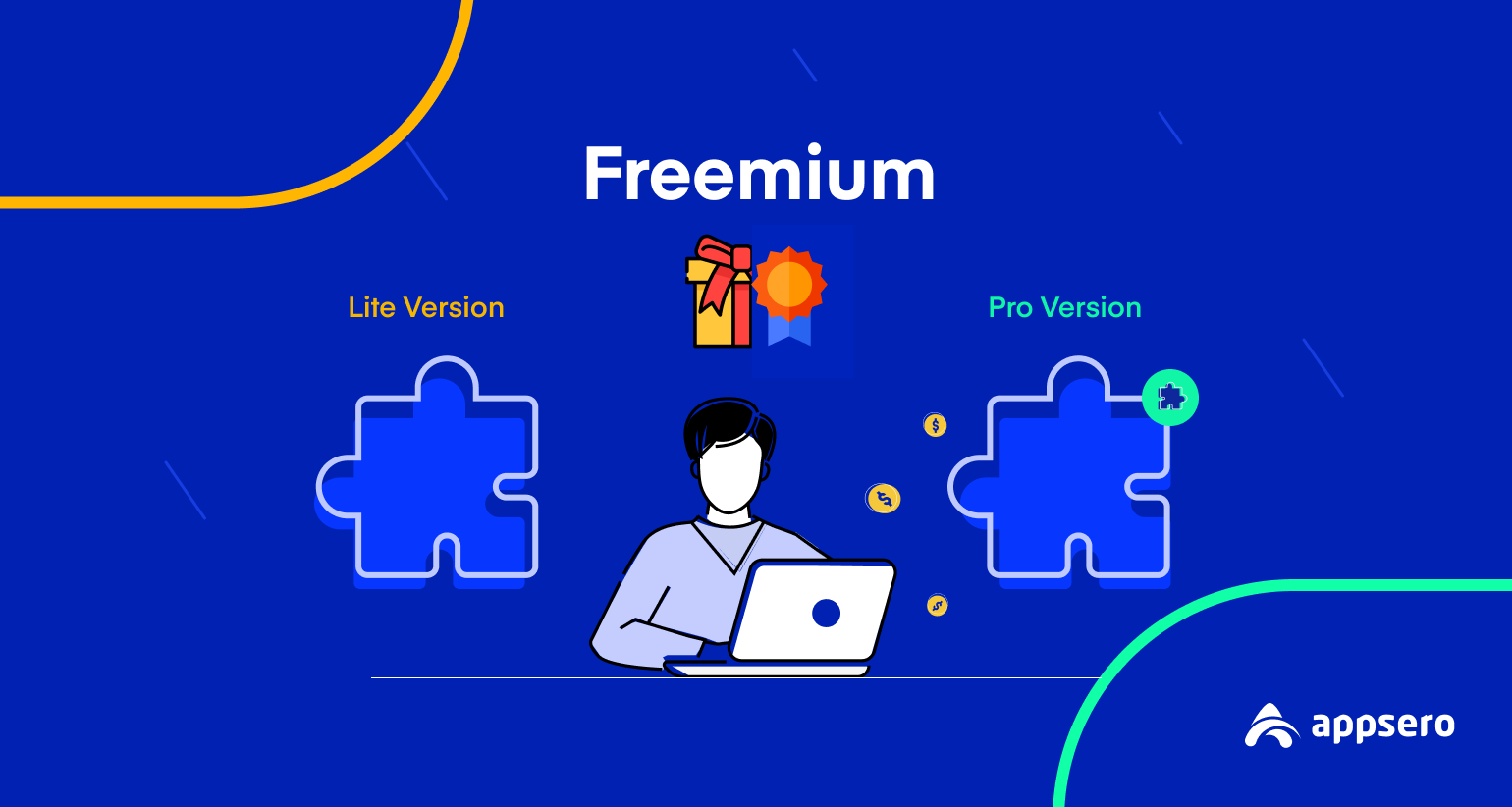
The freemium business model is a crowd favorite. You list a free version on WordPress.org, then offer premium features, integrations, or support through a paid plan.
- Big user base from the free version
- Builds trust and gives users a taste before they buy
- You need to nail that “aha moment” so they upgrade
Add-on Model
Instead of packing all features into one giant plugin, you break them into modules. Users buy what they need.
- More control and flexibility for users
- Easy to upsell later
- Tricky if you overcomplicate dependencies
Whatever you choose, make it simple to understand. Confused users don’t convert.
Relevant Read: How to Promote WordPress Plugins & Themes
3. Sell Where Your Audience Shops
You could have the best plugin in the world, but if it’s hiding in the wrong corner of the internet, it won’t sell. The trick? Don’t fight the current. Follow your audience. Show up where they already buy plugins, themes, and tools. Here are your main lanes:
Your Own Website
Selling through your own site means full control. You own the pricing, branding, checkout, and customer data. Use:
- WooCommerce if you want total flexibility and a store that feels native to WordPress.
- Easy Digital Downloads (EDD): if you’re selling digital goods only, it’s simpler and made for plugins/themes.
Pros:
- Keep 100% of your revenue (minus payment gateway fees)
- Total control over customer experience
- You can upsell, cross-sell, and build a real brand
Cons:
- You’re in charge of marketing, support, and site upkeep
- No built-in traffic you’ll have to earn it
WordPress.org (Free Plugin with Premium Upgrade)
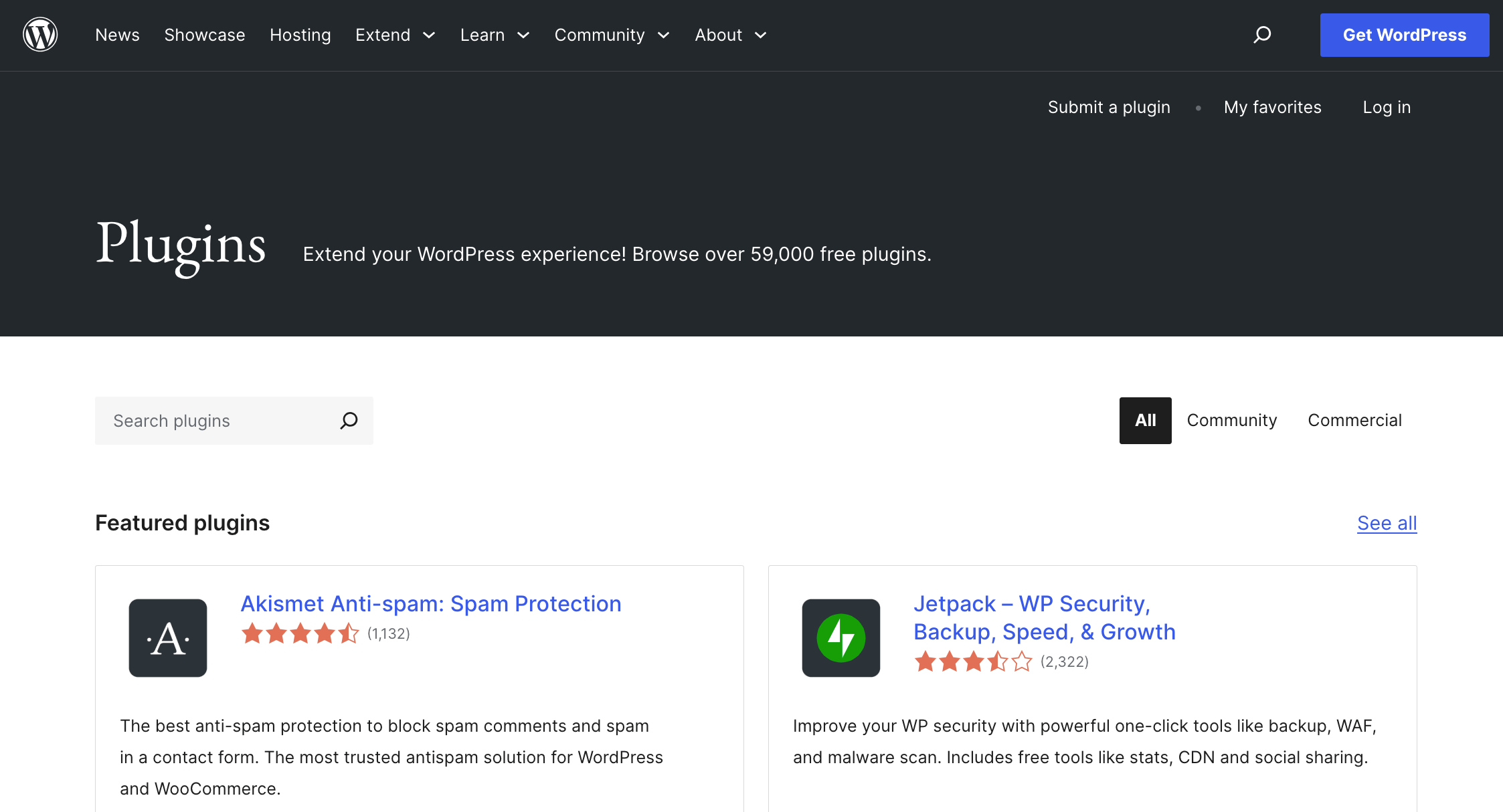
This is the freemium route. Drop a free version on WordPress.org, hook users, and guide them to upgrade.
Pros:
- Massive exposure
- Instant user trust
- Free marketing (if your plugin ranks well)
Cons:
- You can’t promote paid features inside the plugin unless they follow WordPress.org guidelines
- Users may expect a lot for free
Marketplaces like Envato, CodeCanyon
These platforms already have buyers. If your plugin solves a broad need and has visual appeal, it might do well here.
Pros:
- Built-in audience
- Easy onboarding
- Less marketing hassle (at first)
Cons:
- Big commission cuts (30–50%)
- You don’t own the customer list
- Limited pricing flexibility
Third-Party SaaS Platforms (Paddle, Gumroad, FastSpring)
Great if you want a no-hassle checkout and global compliance (like VAT, taxes, etc.). Especially useful if you’re outside the US/EU.
Pros:
- Handles taxes and invoicing
- Simple for non-devs
- Gumroad is creator-friendly; Paddle is built for SaaS
Cons:
- Limited customization
- Another platform to manage
No matter where you sell your site, Appsero helps you:
- Sync licenses across platforms
- Track users and activations
- Handle updates, even for plugins listed on .org
- Get deactivation feedback, no matter where they came from
It’s your control panel for the plugin business. All in one place.
4. Protect Your Product with Licensing
Pirated software accounts for 37% of all software used worldwide, occupying 6.2% of the most pirated items on the web. This is very concerning that businesses lose millions of dollars just because of software piracy. So why let anyone use your premium plugin without a valid license? If you’re not using proper licensing, you’re:
- Losing revenue to piracy
- Giving support to non-paying users
- Making it way too easy to “share” your paid product
Let’s fix that.
Why Licensing Matters
A good license system validates real users and controls access to updates. It links every install to a customer, helps you enforce usage limits like the number of sites, and acts as your first real line of defense. This is not just against pirates but also against lost opportunities.
How to Add Licensing (Without the Headache)
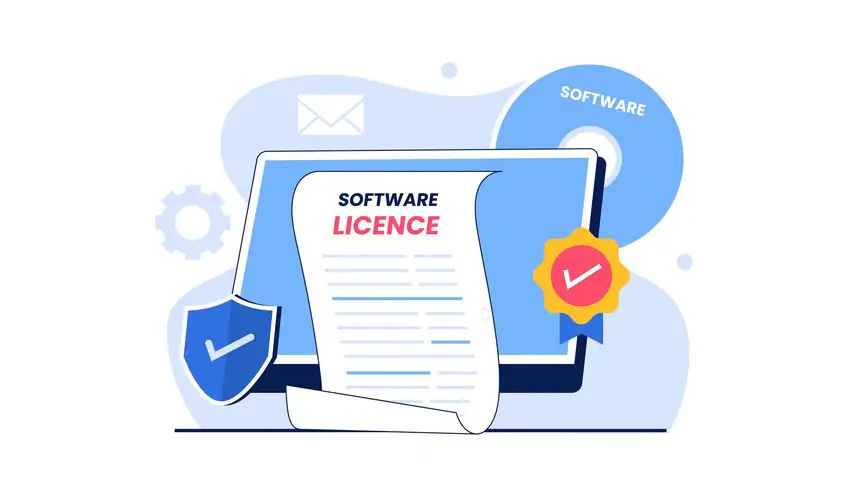
You could roll your own license checker… or you could let Appsero handle it with a few lines of code. Here’s what Appsero does:
- Auto-generates license keys
- Lets users activate/deactivate licenses from the plugin dashboard
- Syncs with WooCommerce, EDD, Envato, Paddle, FastSpring, and Gumroad
- Blocks update if a license is inactive or expired (a gentle push to renew)
And if someone asks for support but their license is expired? You’ll know right away. No awkward guesswork.
Pro Tip: Use licensing not just for protection but as a growth tool:
- Offer free trials with auto-expiry
- Limit features by license tier (like “Pro” vs “Business”)
- Upsell annual renewals with discounts before expiry
Licensing isn’t about locking people out. It’s about making sure the folks who value your plugin support your work so you can keep building.
5. Track What Works (and What Doesn’t)
You built the plugin. People are downloading it. But… what happens after that?
Are they even using it?
Why are they deactivating it?
Which version caused a spike in support tickets?
If you’re not tracking these things, you’re flying blind.
What You Should Be Tracking
- Active installs – Are they growing steadily or stalling?
- WordPress/PHP versions – Know what your users run before dropping support for older ones
- Deactivation reasons – Why did someone quit using your plugin? Price? Bugs? Missing features?
- Version usage – Helps you spot issues early if a specific update tanks your numbers
- Location-based usage – Got users in Japan? Time to consider localization
Why This Matters for Revenue
- Deactivation feedback = a goldmine for improving retention
- Knowing popular features = helps you build better upsells
- Spotting bugs early = avoids refunds and angry reviews
- Tracking conversions from free → pro = measures your pricing page, not just your code
Treat deactivation like an exit interview. If someone says, “It didn’t do what I expected,” you know your messaging is off, not your features. Track it. Learn from it. Then plug the leaks and watch your revenue grow.
6. Optimize Updates and Communication
Here’s the thing: selling your plugin once is great. But keeping users happy is how you make money over time. Frequent, meaningful updates show users you’re active. Clear communication builds loyalty. Do both right, and users stick around and keep paying. Regular updates do the following things.
- They squash bugs fast
- They add features users actually want
- They show you’re serious about the product
But updates also carry risks. One sloppy version can break live sites and flood your inbox. So, how do you update smart?
Smart Deployment with Appsero
Appsero takes the pain out of shipping updates:
- Connect your GitHub/GitLab/Bitbucket repo
- Tag a release, and Appsero auto-deploys it to WordPress.org or your custom site
- Push updates only to licensed users (great for premium features)
This saves you from manual zips, missed version numbers, and plugin-breaking typos.
Communicate Like a Human, Not a Robot
Let users know what’s changing and why it matters.
- Add clear changelogs (bonus points for humor)
- Email users about big features or critical fixes
- Use deactivation triggers to auto-send “Can we help?” emails
Someone says, “Too expensive”? You can follow up with a discount or ask what they expected. Now that’s smart support.
Include a subtle “What’s New” section inside your plugin settings page after major updates. Let your users feel the progress.
7. Focus on Support & UX

You can have the slickest code and coolest features, but if your users struggle, they won’t stick around. Great support and smooth UX aren’t extras they’re essentials.
Why Support Matters
- Happy users tell friends, write good reviews, and renew their licenses.
- Poor support? Expect refunds, bad ratings, and lost sales.
- Your time is precious; use tools to manage tickets and FAQs smartly.
UX Tips That Pay Off
- Make installation and setup easier.
- Use clear, jargon-free language.
- Add onboarding prompts or guided tours.
- Keep settings simple and logical.
Tools to Help You Help Them
- Create a solid knowledge base or FAQ.
- Use a support ticket system that integrates with your workflow.
- Collect feedback constantly.
Pro Tip: Turn common questions into blog posts or tutorials. Every article saves you time and builds trust. Here’s the final piece where growth takes flight.
8. Experiment and Grow
If you want more revenue, you’ve got to keep testing. The market changes, your users change, and so should your approach.
- Try Different Pricing: Raise or lower your prices. Add bundles or discounts. See what sticks without scaring away customers.
- Launch New Features or Add-Ons: Add-ons give you multiple income streams. Maybe a premium feature or integration that your users crave.
- Test Marketing Messages: Change your sales page headlines, email copy, or onboarding flow. Small tweaks can lead to big wins.
- Use Data to Guide You: Appsero’s analytics help you know what’s working. Don’t guess, know.
How to Maximize Revenue as a WordPress Developer (Service)
You know how to build WordPress sites like a pro. But when it comes to pricing your work, creating packages, or scaling your income, you might feel stuck in client chaos.
Let’s walk through some tried-and-true ways to grow your income as a WordPress developer offering services without losing sleep or turning into a full-blown agency.
1. Stop Charging for Time, Start Charging for Value
If you’re still billing hourly, you’re capping your income. Clients don’t care how long it takes; they care about the outcome. Instead, try:
- Fixed project pricing: Clients know what they’ll pay, and you know what you’ll earn.
- Value-based pricing: If your website can help them generate $10k/month, charging $3k–5k is entirely fair.
- Tiered packages: Give clients clear choices—Starter, Growth, Premium. Each has a defined scope and results.
This removes haggling and endless scope creep. It also rewards you for being faster and better, not just busier.
2. Productize Your Services
If you do the same types of projects over and over, like landing pages, WooCommerce stores, or speed optimization, turn them into productized offers.
Examples:
- “5-Page WordPress Site – $799”
- “WooCommerce Setup + 10 Products – $1,499”
- “Performance Optimization – $299 flat”
Why it works:
- It’s easier for clients to say “yes” to clear packages.
- You avoid endless custom proposals.
- You streamline delivery and reuse your assets.
Use a landing page or Notion doc to list these offers. Keep the scope tight. Add FAQs to reduce back-and-forth.
3. Offer Ongoing Maintenance Plans

One-off projects pay the bills. Recurring services build wealth. Offer clients a monthly care plan that includes:
- WordPress core + plugin updates
- Security monitoring
- Backups + uptime checks
- Basic support hours
- Optional: SEO reports, speed checks, or minor edits
Typical plans run from $49/month to $199+/month, depending on scope. Stack 10–20 clients on retainer, and that’s stable monthly revenue without chasing new projects every week.
4. Sell Hosting + Email as a Managed Service
Clients hate managing their hosting and email setup. Use that. Resell or manage hosting for them:
- Use a panel like FlyWP or GridPane to spin up servers easily
- Offer managed email setup using tools like weMail, Zoho Mail, or Google Workspace
- Charge monthly or annually for convenience and peace of mind
This is recurring revenue gold. You don’t need to become a sysadmin, just package reliable tools with your support.
5. Create Reusable Assets or Mini-Products
You’ve already built tools, layouts, or custom code. Why not turn those into digital products? Think:
- Custom block patterns or page templates
- Mini plugins (like a custom field extension)
- WooCommerce add-ons
- White-label starter themes
You can sell them on:
- Your own site using WooCommerce or EDD
- Gumroad or Lemon Squeezy
- Marketplaces like Creative Market or CodeCanyon
Use Appsero to handle license generation, auto-updates, and deactivation feedback, without writing a custom licensing system. This adds a passive income stream that grows as you do.
6. Raise Your Rates With Confidence
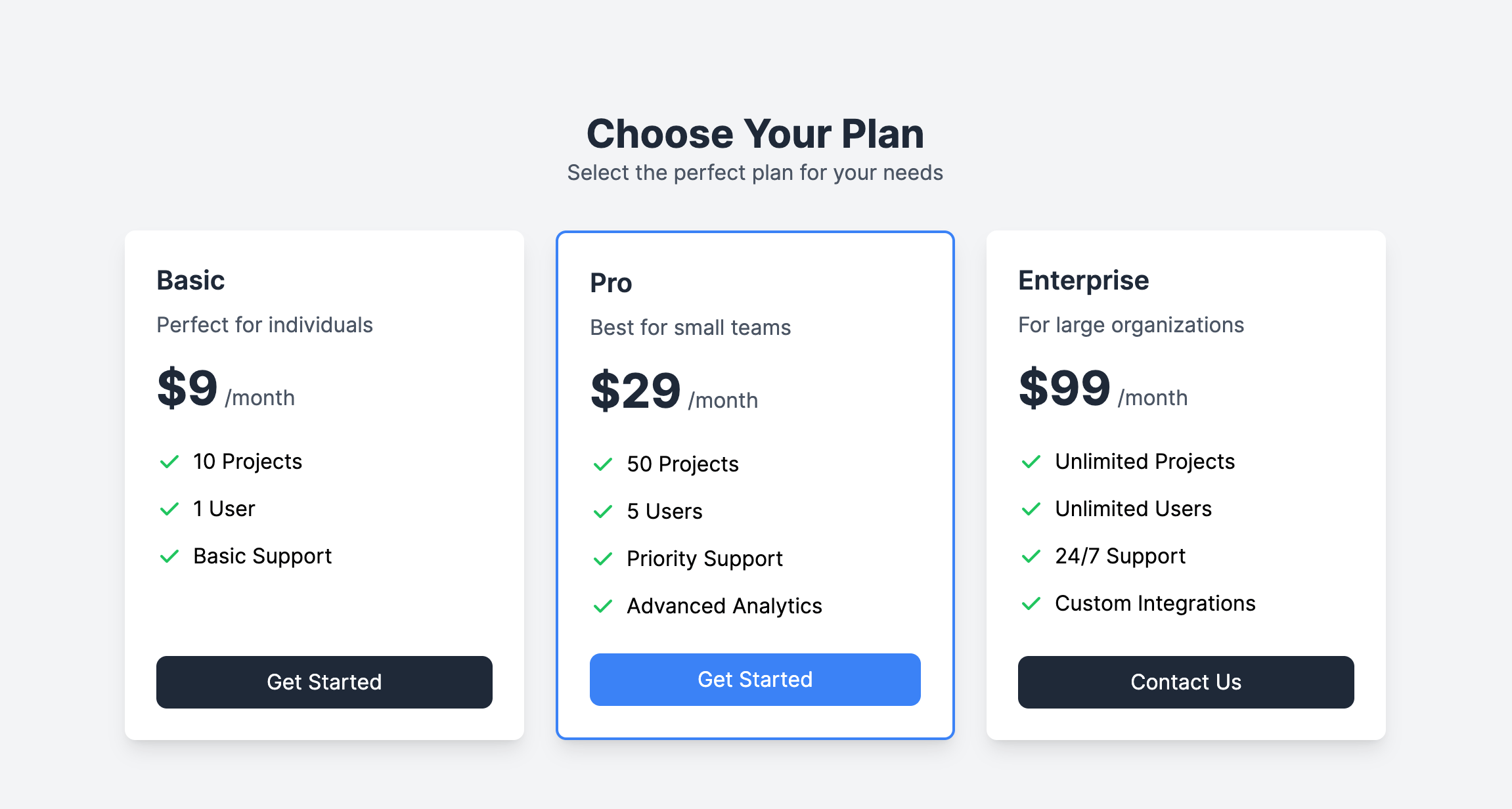
If you’re booked solid, burned out, or consistently getting referrals, you’re likely undercharging. Try this:
- Raise your prices slightly with each new project
- Add a “minimum engagement” so small jobs don’t drain you
- Say no to bad-fit clients: you’ll make space for better ones
Pro Tip: Scarcity creates value. Add a waiting list to your website and use “Next availability: August” to nudge urgency.
You don’t need to triple your workload to double your income. You just need to change how you offer, price, and deliver your services.
Build Smarter, Earn Better
Being a WordPress developer gives you more options than ever before. But the ones who earn the most? They don’t rely on luck or trends. They build systems and price for value. They find leverage in products, data, automation, and customer care.
The good news? You don’t need to figure it all out overnight. Start with one shift – maybe your pricing, maybe your packaging, maybe your licensing, and keep building from there.
You’ve already got the skill. Now it’s time to make WordPress work for you.
Subscribe To Our Newsletter
Don’t miss any updates of our new templates and extensions
and all the astonishing offers we bring for you.
